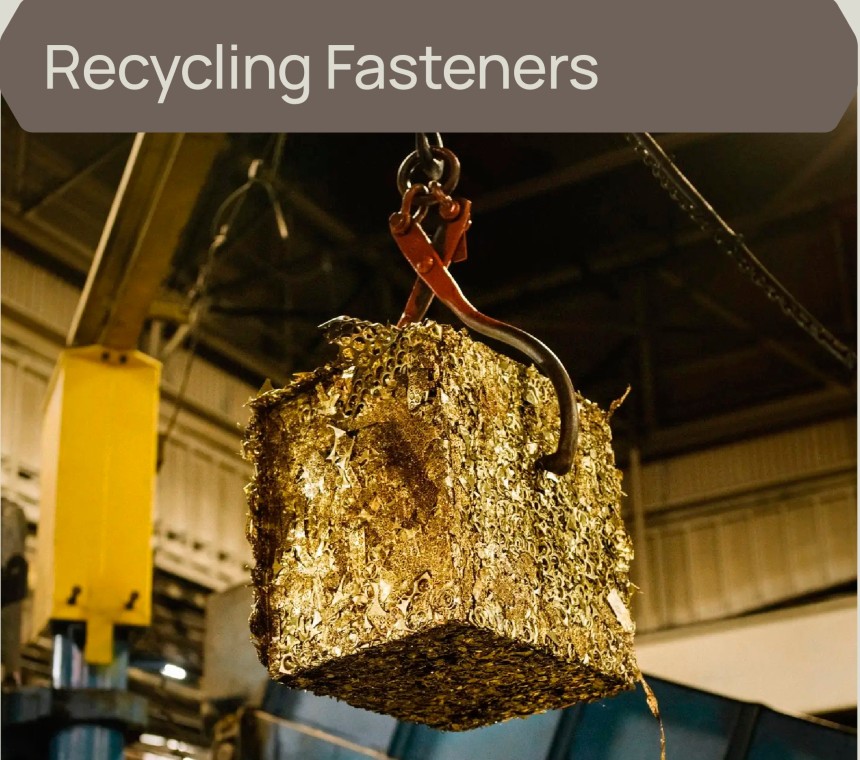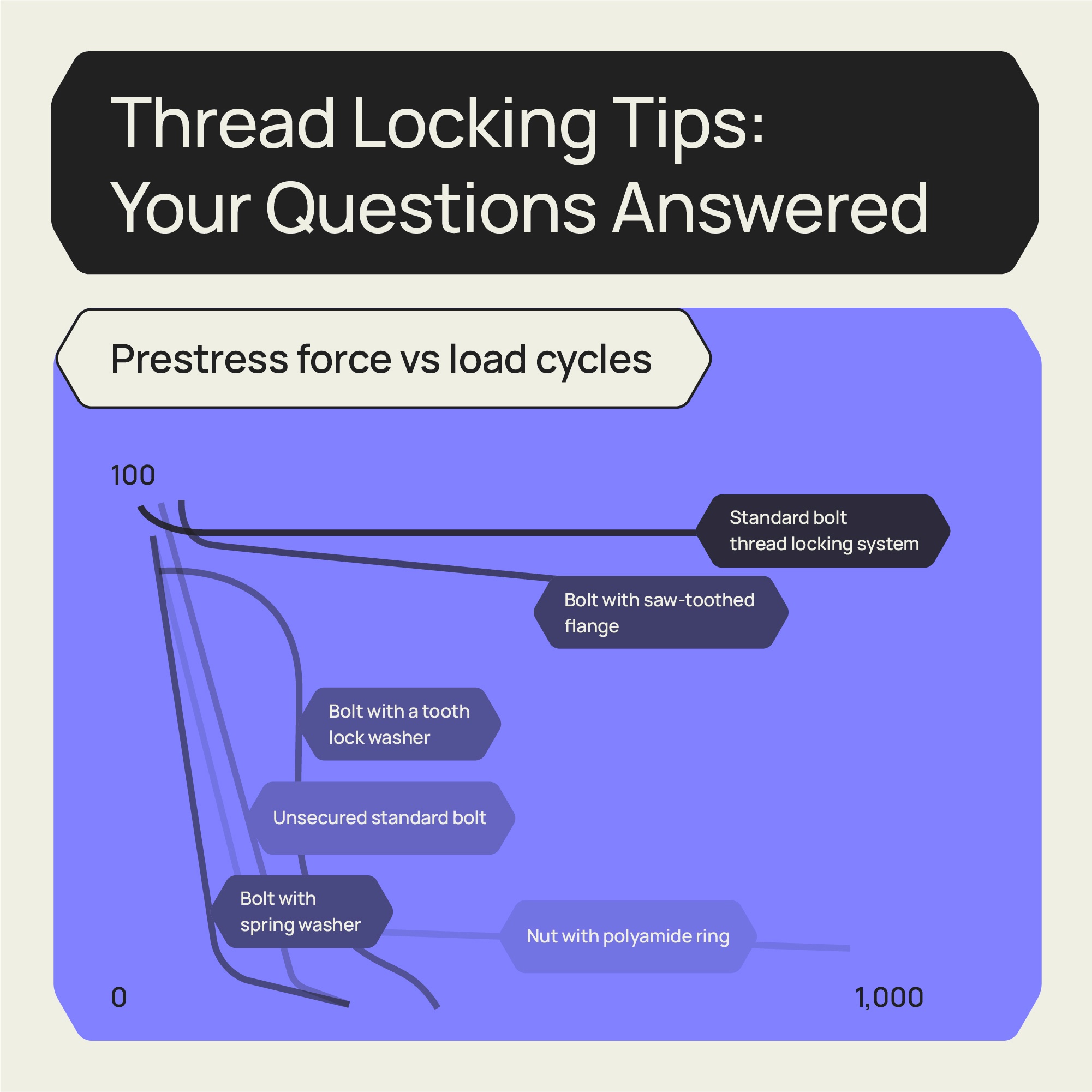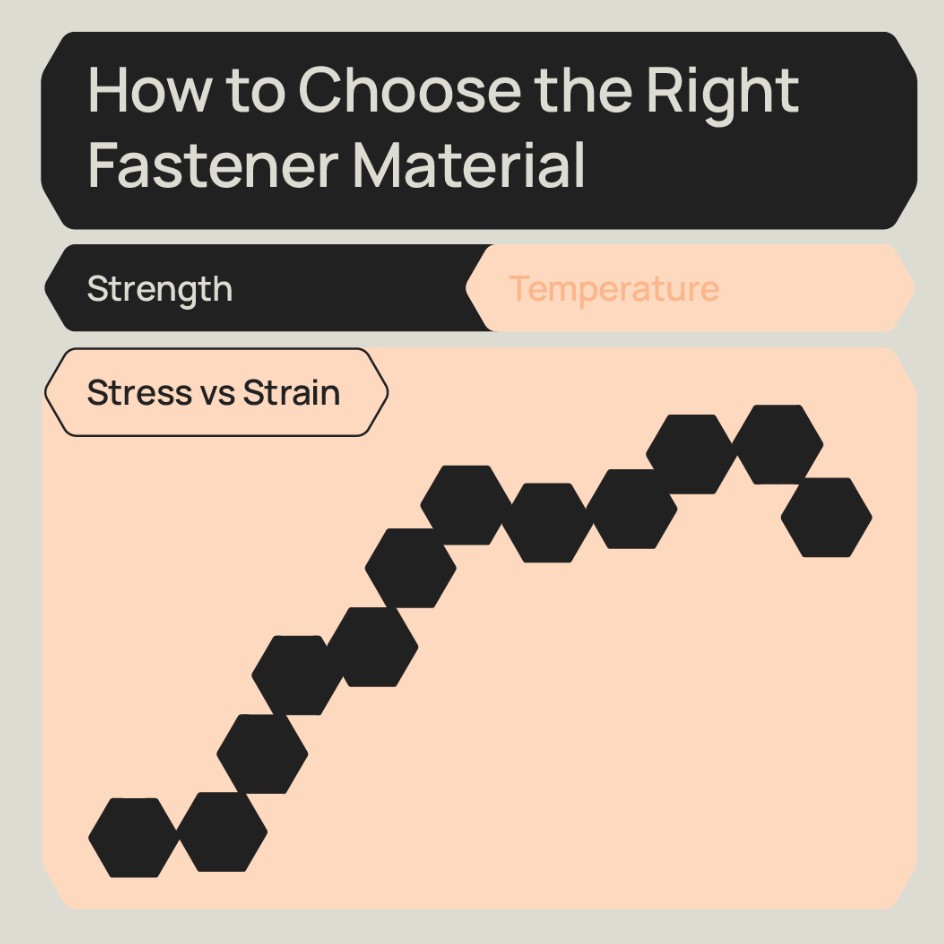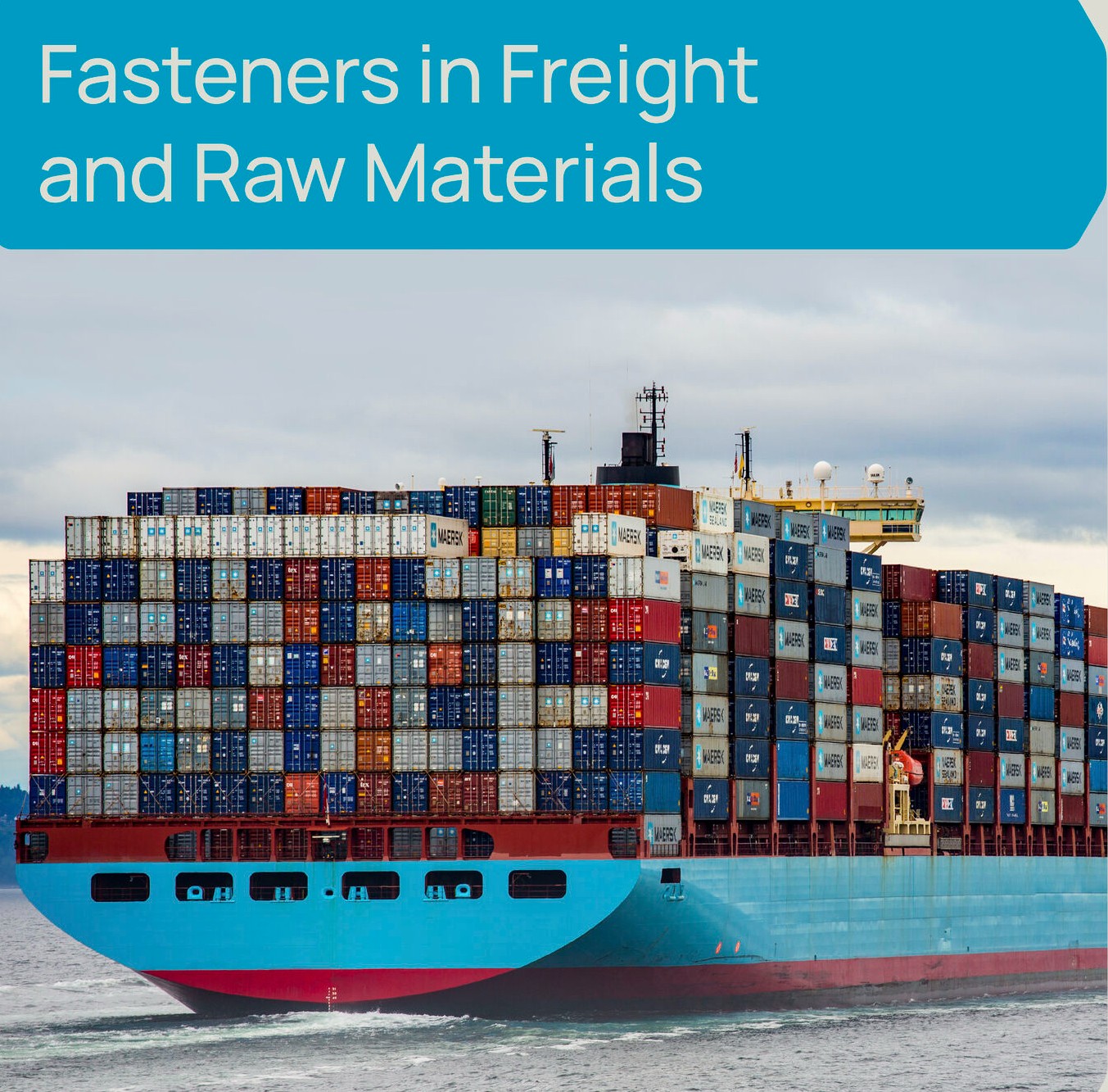In 1912, the 🛳 Titanic set sail on her maiden voyage from Southampton, England to 🗽 New York City. The ship was considered unsinkable, and was the largest and most luxurious liner of its time. On April 14th, the Titanic struck an iceberg and sunk, taking over 1,500 lives with it.
The exact nature of the damage to the Titanic, and whether it could have been avoided, has been debated for decades. However, after years of analysis, experts have found evidence that the Titanic may have been done in by structural weaknesses in some of its smallest and least glamorous parts: the rivets.
The Titanic was built with 3 million rivets, which held the steel beams and plates together. The rivets were made of wrought iron, which contains some slag 🦠, a residue from the smelting of metallic ores. The presence of this contaminant makes the iron more useful, as pure iron is very ductile and therefore bends easily without breaking. The addition of slag increases its strength. However, too much slag can make the iron brittle, like glass. A 🧫 study of two of the Titanic’s rivets found that they contained 9.3% slag, much higher than the 2-3% slag content in modern wrought iron. This high concentration of slag made the rivets more brittle and prone to fracture.
Scientists believe that when the Titanic hit the iceberg, the rivets along the seams of the hull plates popped open, allowing water to rush in and causing the ship to sink quickly. This theory is supported by evidence from the ship’s sister ship, the Olympic, which collided with a small warship in 1911. There was a photo of the Olympic’s damage that showed 37 missing rivets.
The finding that the iceberg had not sliced open a 300-foot gash in the ship’s side put to rest the myth and strengthened interest in the possibility of rivet failure.





